When you bring a puppy into your home, you’re inviting a bundle of energy and excitement. Their playful antics and boundless enthusiasm can be endearing, but sometimes this energy can be overwhelming, especially when it tips into over-excitement. Understanding how to calm an overly excited puppy is crucial for fostering a harmonious home and encouraging good behavior. In this article, we’ll explore practical techniques and strategies to help your furry friend find their zen, ensuring a happy, well-adjusted puppy and a peaceful household.
Understanding Puppy Excitement
Puppies are naturally curious and full of life, which often manifests as excitement. This excitement, while a normal part of puppyhood, can sometimes escalate to hyperactivity. It’s important to recognize that their over-excitement isn’t just about having too much energy; it’s often a response to their environment, experiences, and even their breed characteristics.
Rooted in Exploration:
Puppies learn about the world through exploration. New sights, sounds, and smells can trigger excitement as they discover and interact with their surroundings.
Response to Stimuli:
Puppies may become overly excited in response to specific stimuli, such as seeing other animals, meeting new people, or hearing certain noises. Identifying these triggers is key to managing their excitement levels.
Breed Traits:
Some breeds are naturally more energetic and excitable than others. Breeds like Border Collies, Labrador Retrievers, and Boxers are known for their high energy levels, which can translate into excitement.
Lack of Socialization:
Puppies that aren’t adequately socialized may exhibit excessive excitement when encountering new experiences. Socialization helps them learn appropriate responses to various situations.
Need for Attention:
Puppies crave attention and interaction. Sometimes, their excitement is a way of seeking engagement from their human companions.
Excess Energy:
Simply put, puppies have a lot of energy to burn. Without sufficient physical and mental stimulation, this energy can manifest as over-excitement.
Understanding the roots of your puppy’s excitement is the first step towards helping them calm down. By identifying the causes, you can tailor your approach to their specific needs and help them learn to regulate their excitement levels.
Common Triggers of Overexcitement

Overexcitement in puppies isn’t random; it often results from specific triggers in their environment or routine. Recognizing these triggers is crucial for managing and eventually reducing the instances of excessive excitement. Here are some common triggers:
New People or Animals:
The introduction of new people or other animals, especially in the home environment, can send a puppy into a state of heightened excitement. They might jump, bark, or run around excessively.
Playtime:
Play sessions, particularly with toys they adore or games they love, can ramp up a puppy’s energy levels quickly. The anticipation and engagement during play are significant excitement triggers.
Meal Times:
For many puppies, meal times are the highlight of their day. The sight, smell, and preparation of food can trigger a burst of excitement.
Going for Walks:
The prospect of going outside for a walk can be thrilling for a puppy. The routine of putting on a leash or heading towards the door might be enough to set off their excitement.
Returning Home:
Puppies often get overly excited when their owners return home, demonstrating their affection and happiness through enthusiastic greetings.
Loud Noises:
Unexpected loud noises, such as thunder, fireworks, or even household appliances, can trigger excitement or anxiety, leading to overexcitement.
Being Confined or Restricted:
Being confined in a crate or restricted to a specific area, especially if they can see activities happening around them, can lead to pent-up energy and excitement once they are released.
Routine Changes:
Any significant change in their daily routine, such as a new living arrangement or a change in the time for walks and meals, can trigger excitement as they adjust to the new pattern.
Understanding these triggers is the first step in helping your puppy manage their excitement. By recognizing what sets off their hyperactive behavior, you can take proactive steps to introduce calming techniques and gradually desensitize them to these triggers.
Calming Techniques
Managing an overly excited puppy requires patience, consistency, and effective calming techniques. Here are several strategies to help calm your excited puppy:
Structured Routine:
Establish a consistent daily routine for meals, walks, playtime, and rest. Predictability can reduce excitement caused by unexpected events.
Obedience Training:
Teach your puppy basic commands such as “sit,” “stay,” or “down.” Training sessions not only engage their mind but also promote calm behavior.
Controlled Greetings:
If your puppy gets overly excited when meeting new people, train them to sit calmly before they’re petted or greeted. Reward calm behavior with treats and affection.
Calm Environment:
Create a peaceful environment at home. Avoid overly stimulating your puppy with loud noises or chaotic activities. Soft music or white noise can help soothe an excited puppy.
Exercise and Play:
Ensure your puppy gets enough physical exercise and mental stimulation. Regular walks, playtime, and interactive toys can help burn off excess energy.
Relaxation Techniques:
Introduce relaxation techniques such as gentle petting, massage, or calm voice commands. These can signal to your puppy that it’s time to settle down.
Crate Training:
A crate can serve as a safe and calm space for your puppy. Introduce crate training positively, making it a comfortable retreat for them to relax.
Ignore Excited Behavior:
Don’t reward excited behavior with attention. Wait until your puppy calms down before engaging with them. This teaches them that calm behavior leads to positive interactions.
Diversion Tactics:
If you know a trigger is imminent (like mealtime or a walk), distract your puppy with a calm activity or a puzzle toy before the excitement escalates.
Positive Reinforcement:
Always use positive reinforcement. Reward calm behavior with treats, praise, or a favorite toy.
Remember, every puppy is different, and what works for one might not work for another. It’s important to be patient and try different techniques to see what best helps your puppy manage their excitement.
Creating a Calm Environment
A calm environment is essential for helping an overly excited puppy learn to relax. Here are some strategies to create a serene atmosphere at home:
Designate a Quiet Zone:
Set up a quiet corner or a specific room as a calm zone for your puppy. This area should be away from the hustle and bustle of the household, providing a tranquil space for your puppy to retreat.
Comfortable Bedding:
Invest in comfortable bedding for your puppy. A cozy bed or a soft blanket in their quiet zone can make a significant difference in helping them feel secure and calm.
Control Noise Levels:
Keep the noise level in your home low. Loud noises can be startling or overstimulating for puppies. Consider using soft music or white noise machines to mask disruptive sounds.
Soft Lighting:
Bright lights can be overstimulating. Use soft, warm lighting in areas where your puppy spends most of their time, especially during their relaxation periods.
Limit Exciting Play Indoors:
Encourage calm behavior indoors. Save the high-energy games for outdoor playtime. Inside, engage your puppy with calm activities like gentle petting or quiet play.
Soothing Scents:
Some scents have a calming effect on dogs. Consider using a dog-friendly aromatherapy diffuser with calming scents like lavender or chamomile, but make sure any scent used is safe for pets.
Minimize Household Chaos:
Try to keep your household routines calm and orderly. Sudden movements, loud arguments, or chaotic situations can contribute to a puppy’s excitement.
Consistency:
Consistency in your own behavior is key. Calm, gentle interactions with your puppy will encourage them to mirror your behavior.
Remove Overstimulating Objects:
If certain toys or objects overexcite your puppy, consider removing them from the common areas and introducing them only during controlled playtime.
Routine and Predictability:
Establish a predictable routine for feeding, walks, and bedtime. Predictability can reduce stress and help your puppy understand what to expect, promoting a calmer demeanor.
By creating a calm environment, you provide your puppy with the necessary space and atmosphere to learn self-regulation and how to respond to excitement in a controlled manner.
Importance of Routine and Consistency

Establishing a routine and maintaining consistency are crucial in calming an overly excited puppy. Here’s why they are so important:
Predictability:
A consistent routine provides a sense of predictability for your puppy. Knowing what to expect at different times of the day can significantly reduce anxiety and overexcitement.
Structure:
Routine creates a structured environment. When a puppy understands the daily flow, from meal times to playtimes, it helps them feel secure and less inclined to exhibit erratic or overly excited behavior.
Training Reinforcement:
Consistency in training and commands is key to effective learning. If you’re consistent with your commands and reactions, your puppy will learn faster and understand what behaviors are expected.
Building Trust:
When a puppy knows what to expect from you, it helps build trust. A trusted environment is a calming environment, as the puppy feels safe and understood.
Reducing Hyperactivity:
Regular exercise, feeding, and sleep schedules can help regulate your puppy’s energy levels, reducing instances of hyperactivity and overexcitement.
Boundary Setting:
Consistency in setting and enforcing boundaries teaches your puppy what is acceptable behavior. This clarity helps reduce confusion and excitement driven by boundary testing.
Emotional Stability:
A routine fosters emotional stability. Puppies, much like human children, thrive on routine as it gives them a sense of security and stability.
Adapting to Absences:
A consistent routine can help your puppy cope better with your absences. If they know what to expect throughout the day, they are less likely to become anxious or overly excited when you’re not around.
Positive Behavior Reinforcement:
Consistency in rewarding calm behavior and not inadvertently encouraging overexcitement is vital. It reinforces the behaviors you want to see in your puppy.
Easier Socialization:
A routine that includes regular interaction with other people and pets can help in socializing your puppy, making them more adaptable and less excitable in social settings.
By incorporating a routine and maintaining consistency, you not only help your puppy in becoming calmer but also lay the foundation for a well-adjusted and well-behaved dog as they grow.
Professional Help: When to Seek It
While many instances of puppy overexcitement can be managed with the strategies mentioned above, there are situations where seeking professional help becomes necessary. Here’s when you should consider consulting a professional:
Persistent Hyperactivity:
If your puppy remains excessively hyperactive despite your best efforts at creating a calming environment and maintaining a routine, it could be a sign that professional intervention is needed.
Aggressive Behavior:
Overexcitement in puppies can sometimes manifest as aggression. If your puppy exhibits aggressive behaviors such as snapping, growling, or biting, it’s crucial to seek professional help.
Destructive Actions:
If your puppy’s excitement leads to destructive behavior that cannot be curbed through regular training and exercises, it might be time to consult a professional.
Anxiety or Fear-Based Actions:
Overexcitement that stems from anxiety or fear needs professional attention. A dog behaviorist or a trainer can help identify the root cause and provide targeted solutions.
Lack of Progress:
If you’ve been consistent with training and routines but see no progress in your puppy’s behavior, a professional trainer can provide guidance and new strategies.
Safety Concerns:
If the overexcitement poses a safety risk to the puppy, other pets, or people, it’s important to seek professional assistance immediately.
Health-Related Issues:
Sometimes, what appears as overexcitement can be linked to underlying health issues. If you suspect this, a visit to the vet is warranted.
Socialization Challenges:
If your puppy’s excitement makes socialization with other dogs or people challenging, a professional trainer can provide specialized socialization training.
Owner Overwhelm:
If you find yourself overwhelmed and unable to manage your puppy’s excitement, there’s no harm in seeking professional help. It can provide you with support and effective techniques.
Specialized Training Needs:
Some puppies may require specialized training due to their breed or temperament. Professional trainers can offer tailored programs to suit these specific needs.
Remember, seeking professional help is not a sign of failure but a responsible step towards ensuring the well-being and proper development of your puppy. Experienced trainers and behaviorists can provide valuable insights and techniques that make the journey of raising a calm and well-adjusted puppy more enjoyable and successful.
Conclusion
In the exciting journey of raising a puppy, managing their bouts of overexcitement can be both challenging and rewarding. While enthusiasm and energy are natural traits of puppies, knowing how to gently guide that energy towards positive behaviors is key. Employing calming techniques, creating a serene environment, establishing a routine, and understanding when to seek professional help are all steps in the right direction.
Remember, each puppy is unique, and what works for one may not work for another. Patience, consistency, and a loving approach are your best tools. If you ever feel overwhelmed or unsure, don’t hesitate to reach out for professional guidance.

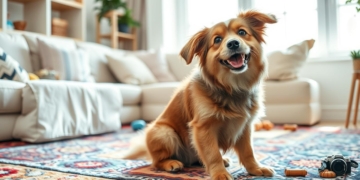
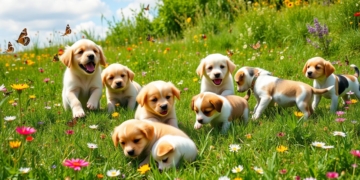
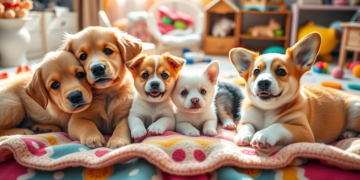
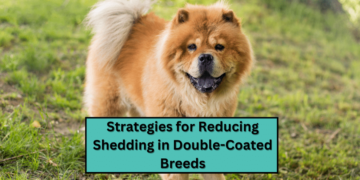
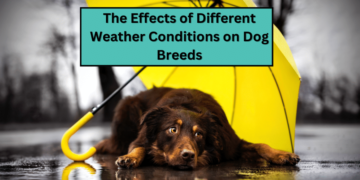
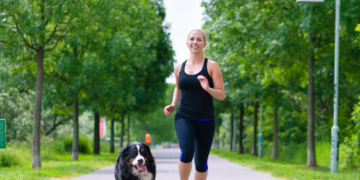
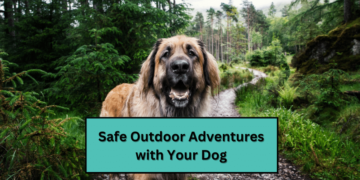
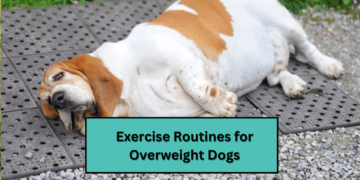
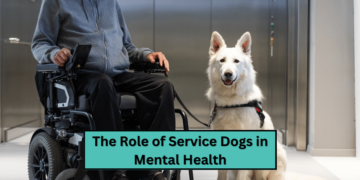
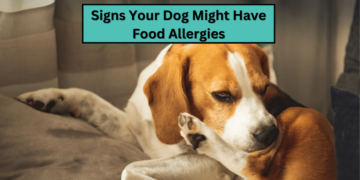

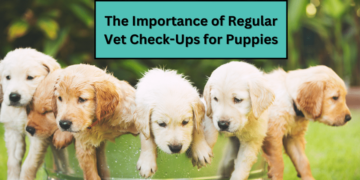
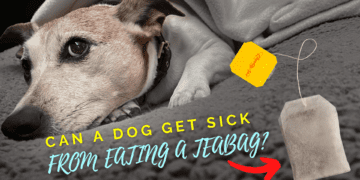
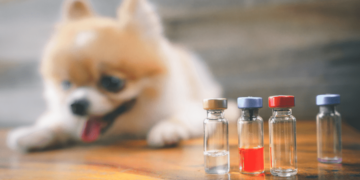
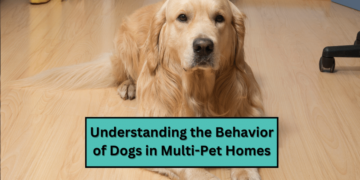
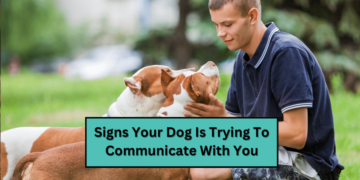
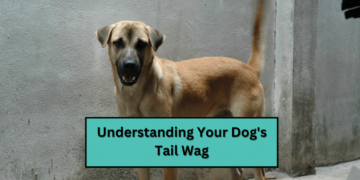
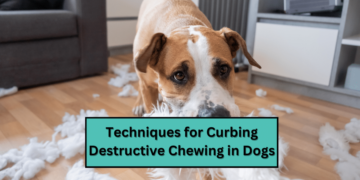
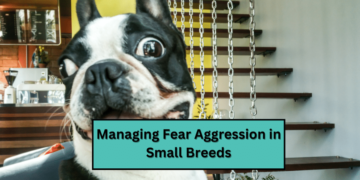
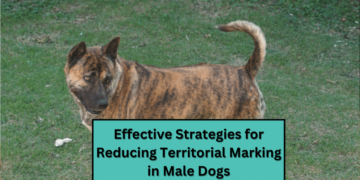
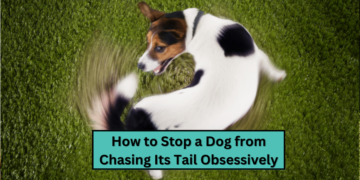
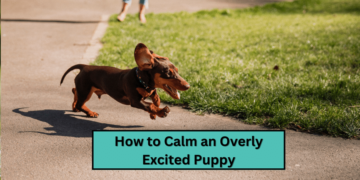
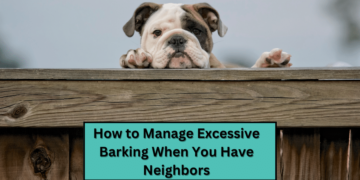


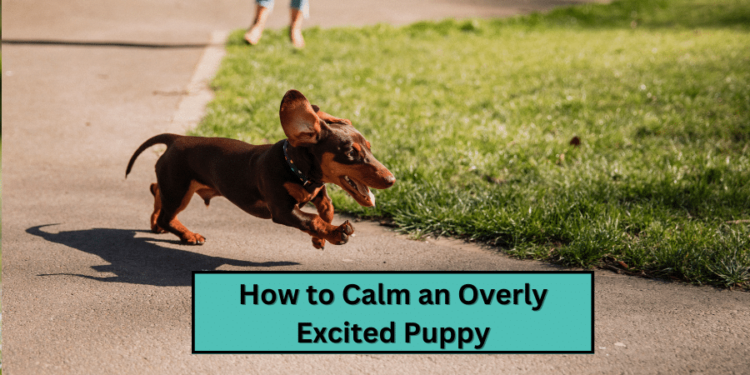
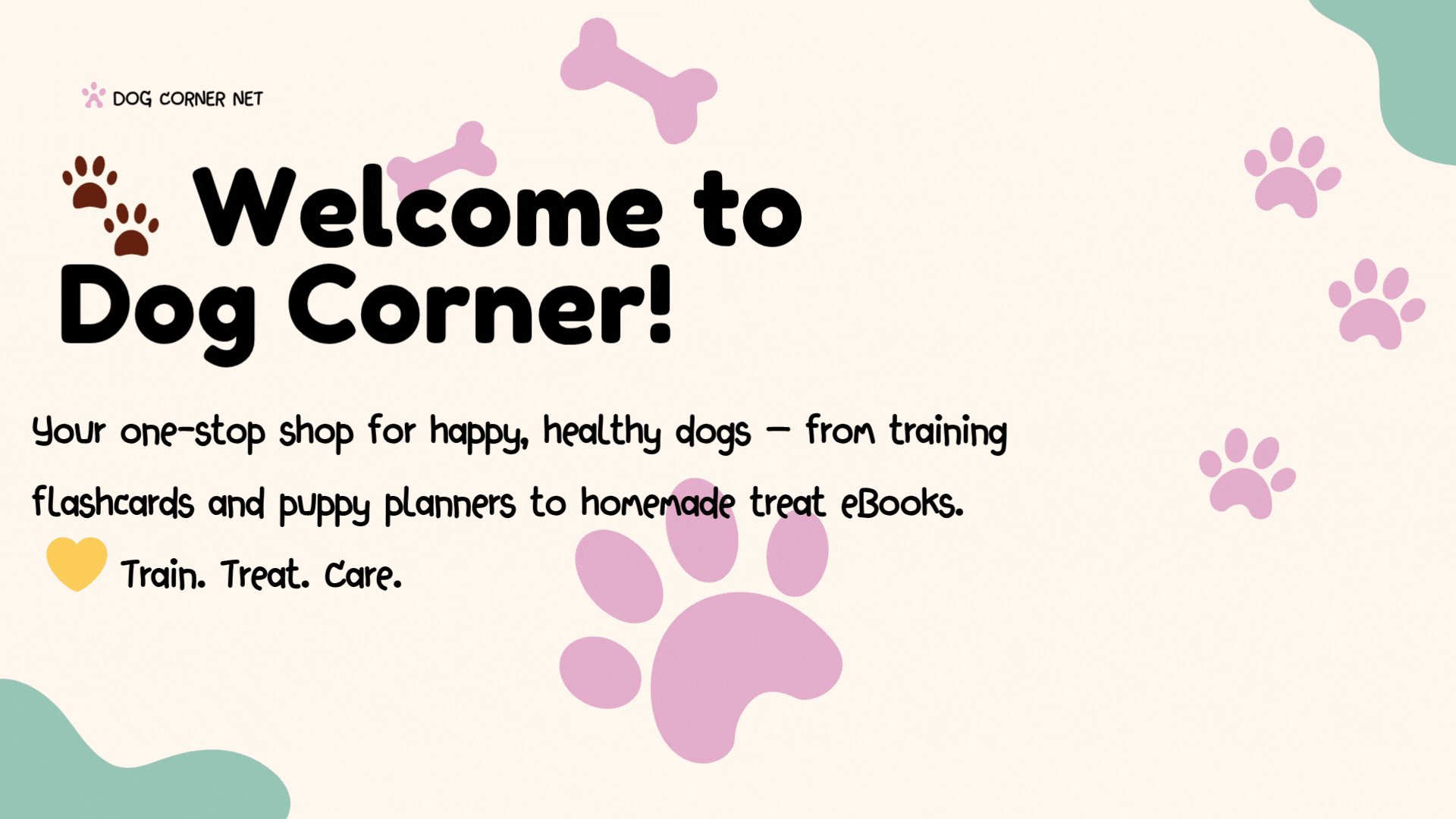
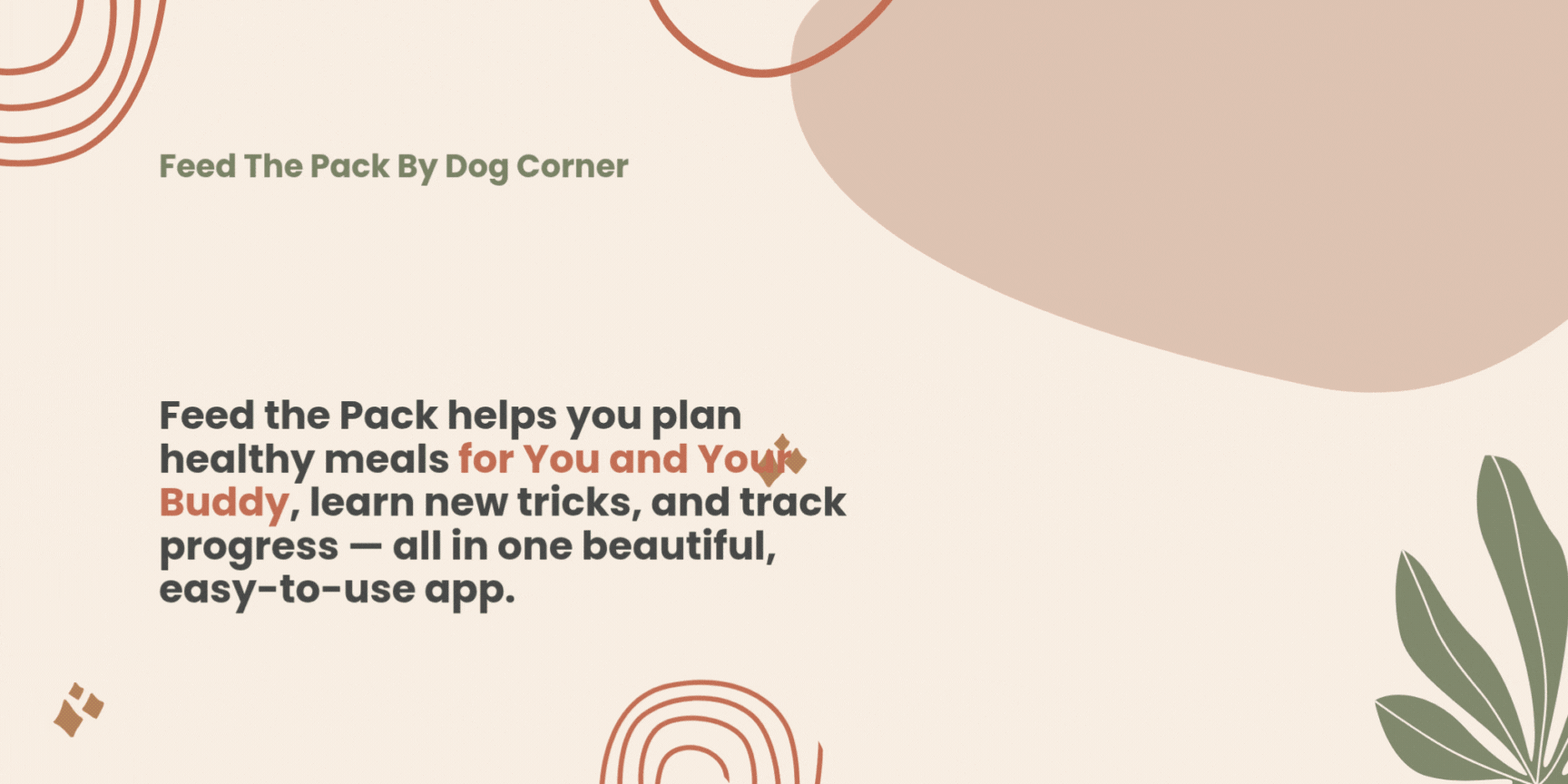




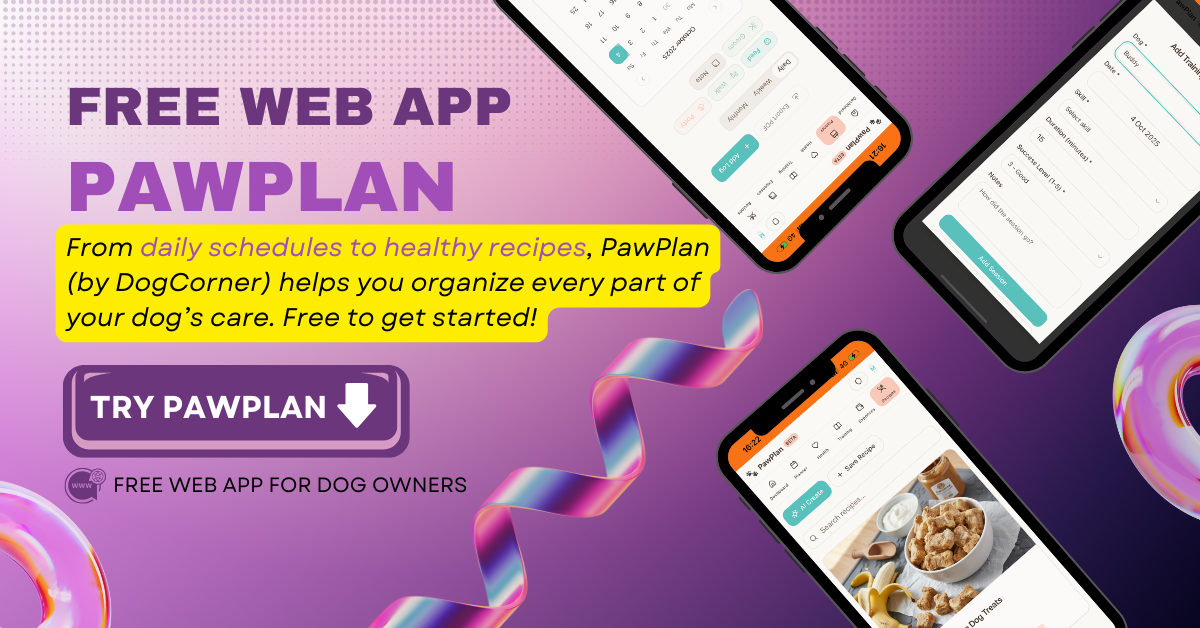
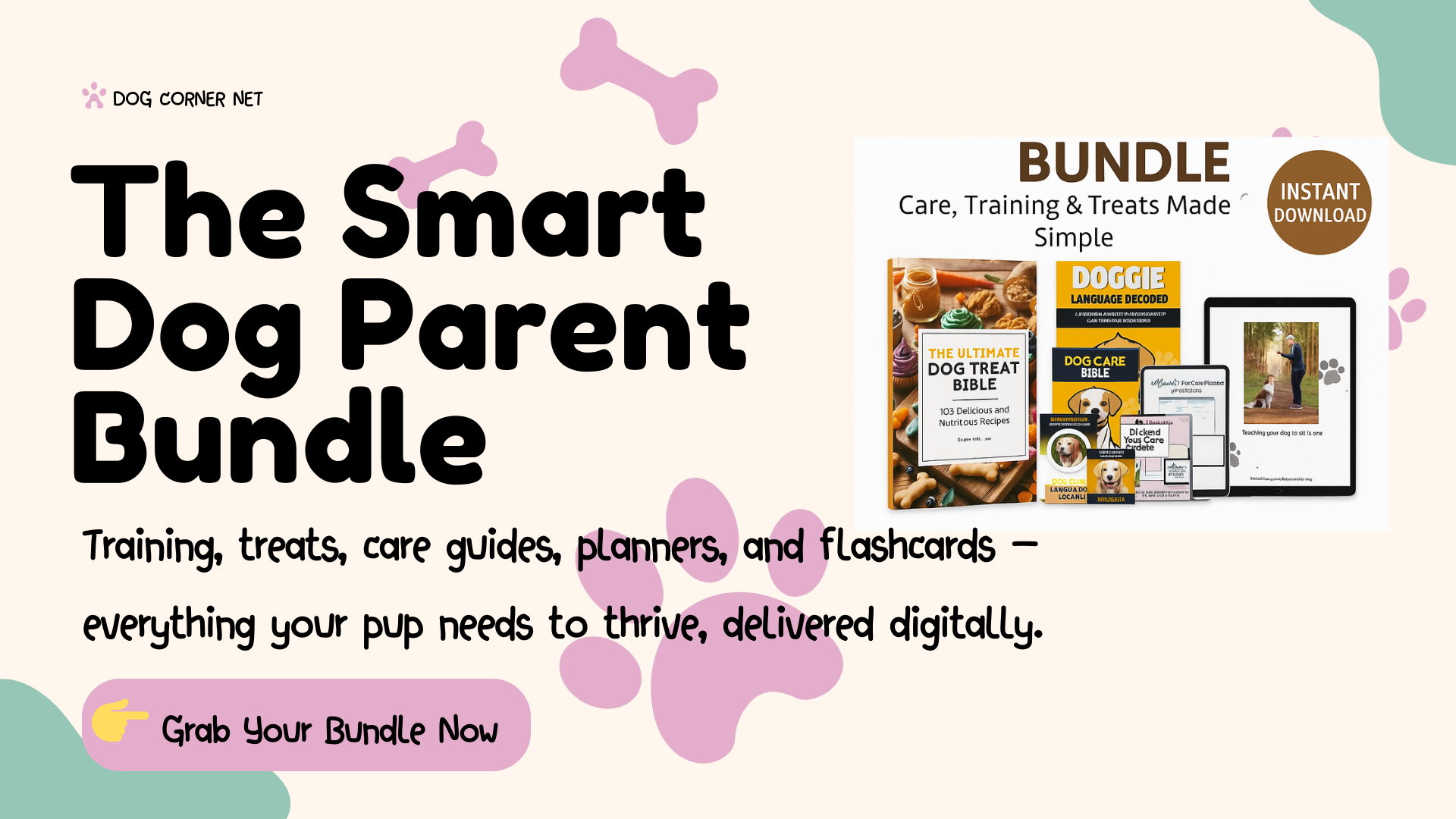
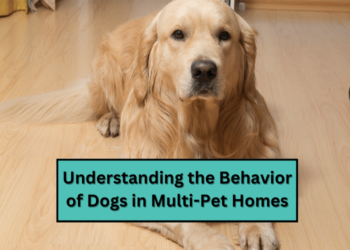
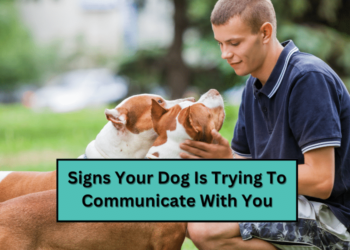
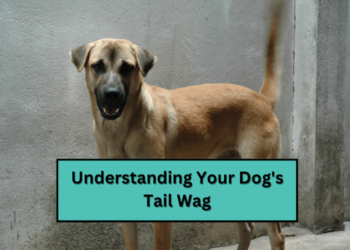
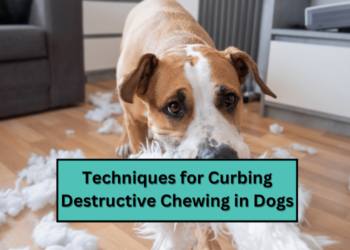

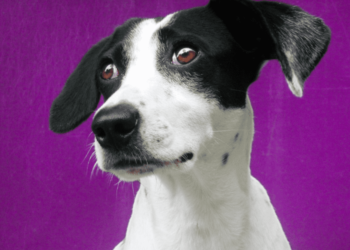











Discussion about this post